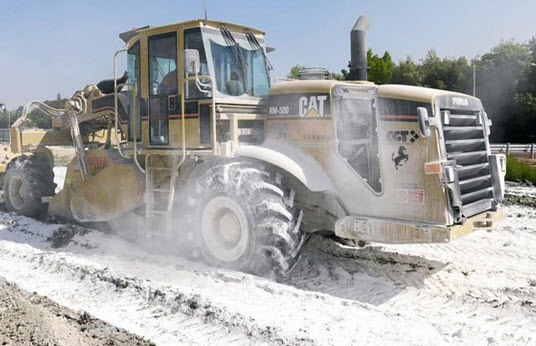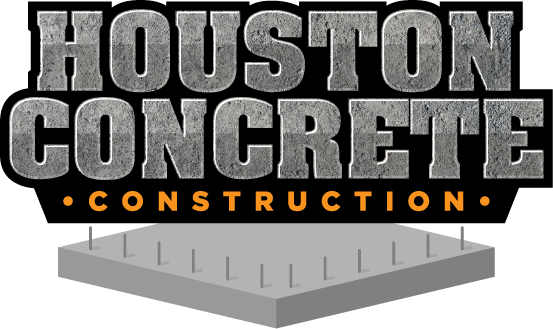Soil/Lime Stabilization

Lime Stabilization Services in Houston
Lime is utilized as an effective way to modify soils – improving both workability and load-bearing characteristics while increasing stability and impermeability. Quicklime and lime kiln dust can also be used to dry wet soils at construction sites, reducing downtime and providing an improved working surface.
The application of lime can significantly improve the engineering properties of soil. There are essentially two forms of improvement: soil modification and soil stabilization. The use of lime can modify almost all fine-grained soils to some extent, but the most dramatic improvement occurs in clay soils of moderate to high plasticity. Modification occurs primarily due to the exchange of calcium cations supplied by the hydrated lime for the normally present cation adsorbed on the surface of the clay mineral. Modification is also caused by the hydrated lime reacting with the clay mineral surface in a high-pH environment: the clay surface mineralogy is altered as it reacts with the calcium ions to form cementitious products. The results are plasticity and swelling reduction, reduced moisture-holding capacity and improved stability.
Soil stabilization occurs when the proper amount of lime is added to a reactive soil. Stabilization differs from modification in that a significant increase in strength is developed over the longer term through an on-going pozzolanic reaction. This reaction results from the formation of calcium silicate hydrates and calcium aluminates as the calcium from the lime reacts with the aluminates and silicates solubilized from the clay mineral surface. This reaction can begin quickly and is responsible for some of the effects of modification. However, the full-term pozzolanic reaction can continue for a long period of time, often for many years. As a result, some soils can produce very significant strength gains when treated with lime. The key to pozzolanic reactivity and stabilization is a reactive soil and a proper mix-design protocol. The results of soil stabilization can include very substantial increases in resilient modulus values, significant improvements in shear strength, continued strength gains over time, and long-term durability over decades of service.
